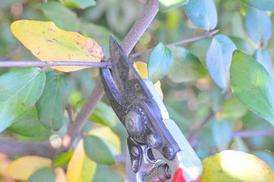Garden chores occur throughout the year. One of these chores is pruning. If you planted new fruit trees last year it is time to prune them to begin to shape them for maximum fruit production. Remember fruit tree pruning is drastically different than pruning a shade or ornamental tree.
Young fruit trees should be pruned to begin developing a strong structure of the main or scaffold limbs. This will help prevent limb breakage over the years when the scaffolds carry a heavy fruit load.
Do not prune the year of planting except to cut back the tree to a height of 36 inches. This will cause side branches to develop. If there are already side branches, do not prune the year of planting so the tree has the maximum number of leaves to help with establishment.
Apple, apricot, cherry, plum and pear trees generally are trained using the central leader system. The growth pattern for these trees is for a center branch to be dominant and to grow straight up. Peach and nectarine trees are normally pruned using the open center method because they do not have a strong tendency for one shoot or branch to dominate the growth of other shoots or branches. In this system, the tree is pruned to a vase-like pattern with no central leader.
Regardless of the system used, the three to four scaffold branches should:
• Be no lower than 18 inches from the ground. This makes it easier to prune and harvest the tree once it matures.
• Form wide angles (about 60 to 80 degrees) with the trunk. Wide angles are much stronger than narrow angles and are less likely to break under wind or ice loads.
• Be distributed on different sides of the tree for good balance.
• Be spaced about 6 to 10 inches apart on the trunk with no branch directly opposite or below another.





